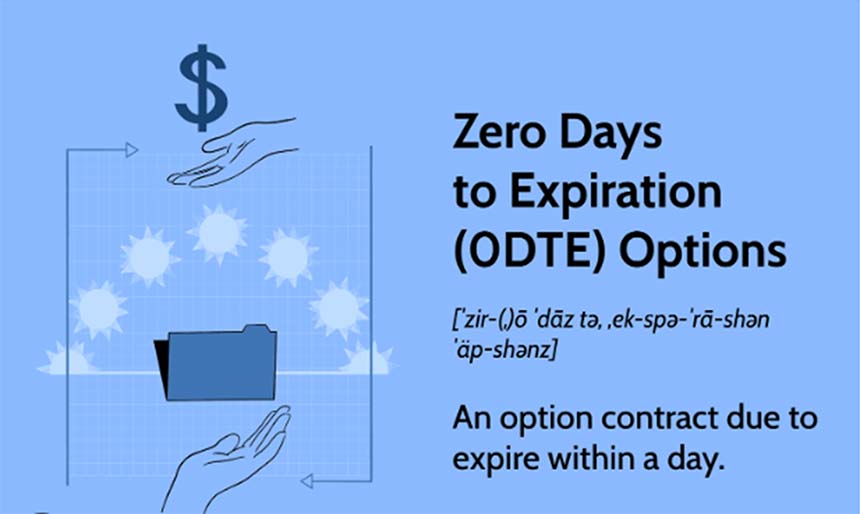My Top 2 Strategies for Risk Management
Recently in the War Room, I shared my views on position sizing with members.
It’s common for traders to start asking about risk management during these market downturns, such as last week when we saw the biggest drop in the Dow in over 11 months.
But by then… it’s already too late. It’s like calling for insurance agent when your house is on fire and asking about that policy you should’ve bought and renewed.
And the market can feel worse than a house fire when it’s not going your way. Your portfolio can be decimated in a heartbeat. You might have noticed that your account balance seems to decrease faster on the way down than it increases on the way up.
But, for every few thousand investors that lose their shirt in a down market or when a particular stock tanks, there is always at least one savvy investor who is prepared. The thing is, you want to be that “one” who was prepared.
There are quite a few ways to prepare for a down move and I will cover those tomorrow. But there is one way to pre-empt the likelihood of blowing up your entire portfolio in case of a major market decline or a major stock decline.
That “way” is called position sizing in combination with a stop-loss.
How Stop-losses work
A stop-loss is when you designate a specific price where you will sell a stock if it reaches that level. It prevents you from taking a bigger loss that necessary. For example, if you buy a stock at $10 and set a 25% stop-loss, you are agreeing to sell the shares at $7.50 if they move lower. You lose 25% and no more.
But, just having a stop loss is not enough. Not by a long shot. A stop loss doesn’t limit you from losing the ranch if you happened to bet the ranch on a particular stock. That is why position sizing is more important than a stop loss and the combination of the two is unbeatable.
Position Sizing 101
My position size recommendation for a stock purchase is that you should not spend any more than 4% of your investable portfolio on any position. For example, if your portfolio is worth $1 million, then you should invest no more than $40,000 in any one position.
That’s part one.
Part two is applying a 25% stop loss to that position. So, if your investment is $40,000, you would sell out of your investment if the stock fell by 25%. That would leave you with $30,000 in cash. But more importantly, your total portfolio would only suffer a $10,000 loss or 1% ($10,000/$1,000,000).
Of course, these numbers are not exact and will depend on market conditions. But, hopefully you get the gist. You want to limit your portfolio loss and the loss in each individual position.
Are these two strategies perfect? No. There is no such thing. The worst thing that could possibly happen is that the stock falls either pre or post market by more than your stop loss or to a number below your stop loss. This will not happen frequently but it can happen.
However, you will always sleep soundly knowing that most of the time, your maximum loss due to any single position in your portfolio will only result in a net loss of 1%. It also forces you to become a disciplined investor and prevent you from falling in love with a stock or a story.
![]()
YOUR ACTION PLAN
Stop-losses and position sizing are two of the most important strategies I use in The War Room. And if you want to see exactly how I use these strategies to get in and out of stocks in real time, I invite you to join me in real time. Since inception in 2019, Bryan and I have a 76% win rate in The War Room and right now we’re guaranteeing you’ll receive 252 winning trades in your first 12 months of membership.
Click here to unlock The War Room.
P.S. In case you didn’t know, Bryan and I will also be hosting our 2nd annual bootcamp live in Montreal this coming June. There are still a few spots available so get in now and join us for two days of live training in a beautiful location.
Click here to get your ticket today before we sell out.
More from Trade of the Day
The No. 1 Insider Stock for 2024?
Jul 26, 2024
Why I’m Buying This 3-month Trigger Catalyst
Jul 24, 2024
Jul 23, 2024

























